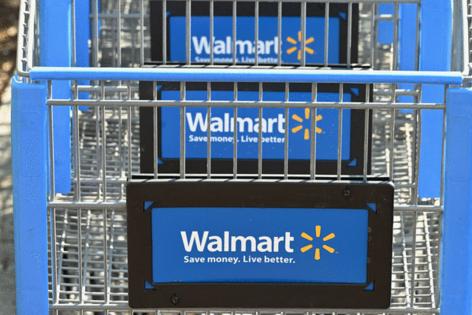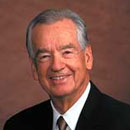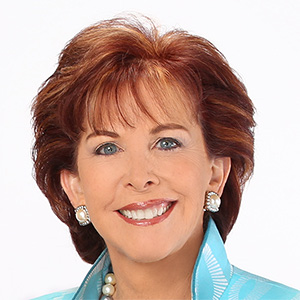Consumers are still budget-conscious, and more are choosing Walmart than Target
Published in Business News
Walmart continues to gain momentum — and market share — as back-to-school shopping winds down, leaving competitors like Target struggling to keep up.
Executives at both companies said they remain cautious about the all-important holiday shopping season, as tariffs slowly push up prices.
However, Walmart executives said Thursday consumers were still willing to spend, even as middle- and lower-income shoppers pull back on some discretionary purchases.
Walmart and Target are widely seen as predictors of consumer mood because they carry a wide selection of merchandise and have stores nationwide. With costs rising because of tariffs and other factors, the retailers said they were making decisions daily about which merchandise to buy and how to price items.
Minneapolis-based Target reported Wednesday that same-store sales were down more than 3% for May, June and July, while Walmart said sales for the same three months rose nearly 5% from a year ago.
Even so, Walmart executives said on a conference call Thursday they need to be cautious, waiting for the best deal on some items and only spending top dollar to import what they think are sure sellers.
Target executives Wednesday also stressed the need to hit the mark on selection to turn the slide in sales.
“We’ve seen a consumer that had to be choiceful with their spend, we’ve seen inflationary pressure across their household spending,” said Michael Fiddelke, Target’s chief operating officer who will become CEO in February.
Home Depot CEO Ted Decker noted Tuesday consumers were starting to spend on their homes again, but largely on small projects.
Off-price chains also benefited as shoppers hunted for bargains. TJX Cos., parent of T.J. Maxx, Marshalls and HomeGoods, posted strong results and lifted its forecast.
“Consumers need to feel good about spending money,” said Neil Saunders of GlobalData Retail. “Target is making it more difficult for them to do that while Walmart is getting better at it.”
The retailers released their financial results a week after a report showing U.S. consumer sentiment slipped in August for the first time since April. Consumers said worries about inflation grew, adding new pressure on family budgets.
The University of Michigan’s monthly survey, conducted July 29 to Aug. 11, found consumers expect prices to rise 4.9% over the next year.
Both the outlook on prices and overall sentiment were worse than economists had expected, according to a Bloomberg survey. Government data also showed hiring has cooled, and about 62% of survey respondents believe unemployment will rise in the coming year.
“Across political affiliation, a clear majority of each political group anticipate reducing their spending on items that experience inflation,” wrote Joanne Hsu, director of the University of Michigan survey.
The unease comes as new U.S. tariffs ripple through supply chains and major retailers report mixed results. High rates are affecting prices, though the increases have been gradual. Still, concerns about what they could do are weighing on consumers.
Neither Walmart nor Target put a dollar amount that tariffs are adding to operational costs, but executives at both retailers said they are passing some of them onto consumers week by week. Walmart prices increased 1% overall in the second quarter.
With pressure on discretionary spending — Target’s bread and butter — selection and store experience are crucial, said Rick Gomez, Target’s chief merchant.
“We need to know who we are and we need to move with speed and urgency against the high bar for what product looks like on our shelves and what the experience looks like,” Fiddelke said on a call with analysts.
The results highlight the split between value-focused players and retailers more dependent on discretionary spending, said R.J. Hottovy, head of analytical research at Placer.ai, in a report.
Walmart CEO Doug McMillon pointed out it is gaining more higher-income customers, contributing to an increase in both the spending per transaction and the number of transactions.
As the holiday season approaches, analysts said retailers focused on value are better positioned to attract shoppers.
Only 24% of consumers expect to “spend as usual” in the coming year on items that have large price increases, according to the University of Michigan survey.
Others said they would reduce their spending, either by cutting back or stopping their spending on high-ticket items altogether.
“Consumers are being opportunistic, leading to visit trends that are strong during sales events but more subdued during regular periods, reflecting a broader ‘wait-and-see’ attitude amid ongoing economic uncertainty,” Hottovy of Placer.ai said in a report.
©2025 The Minnesota Star Tribune. Visit at startribune.com. Distributed by Tribune Content Agency, LLC.












Comments